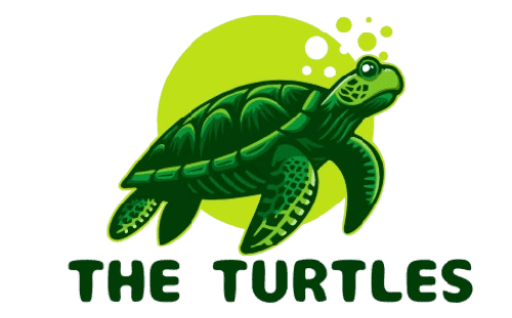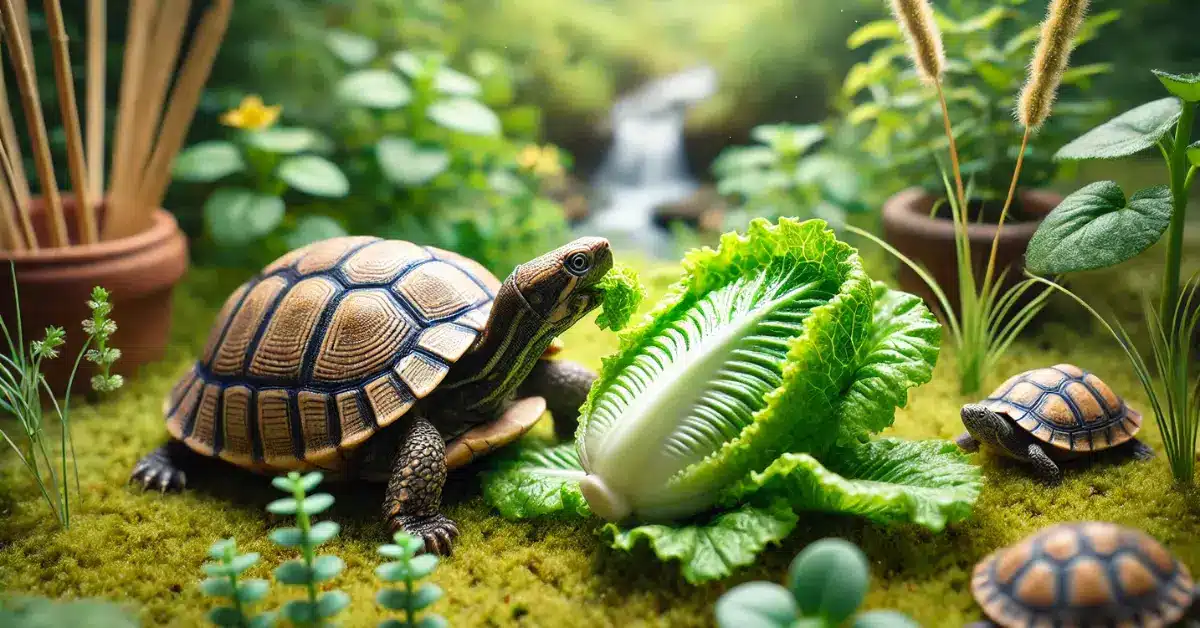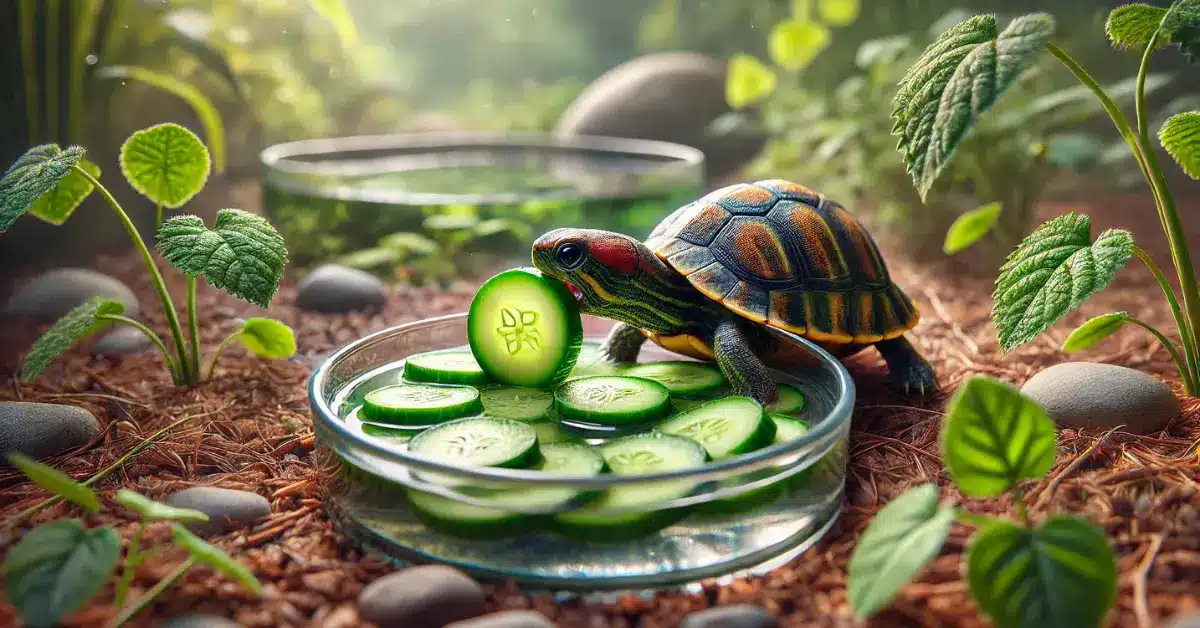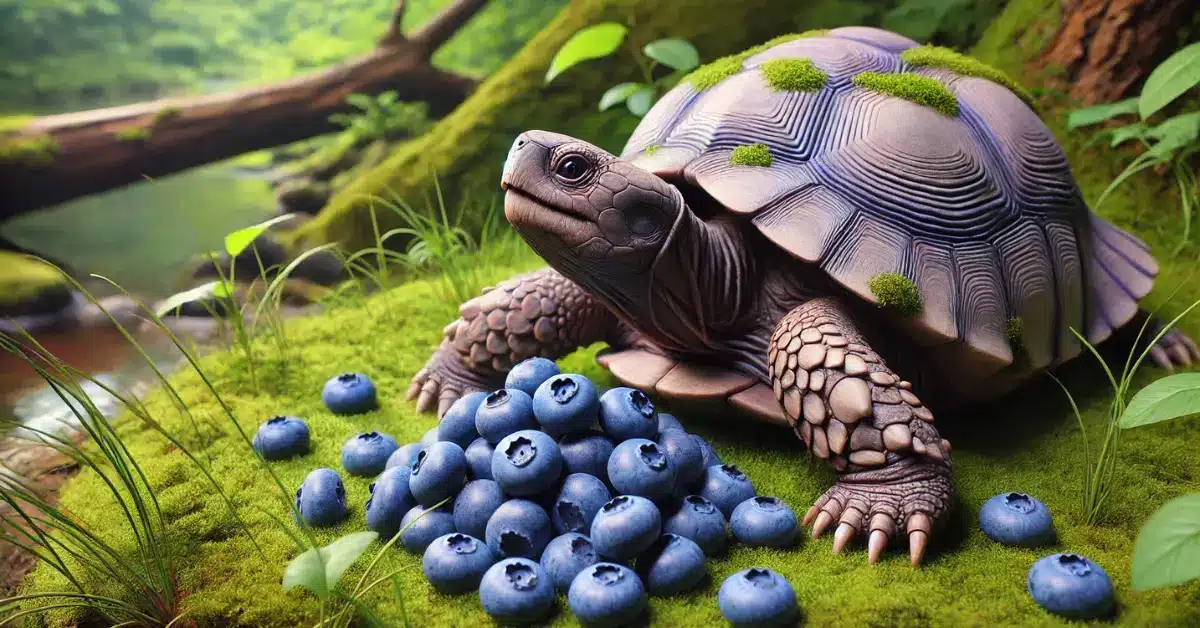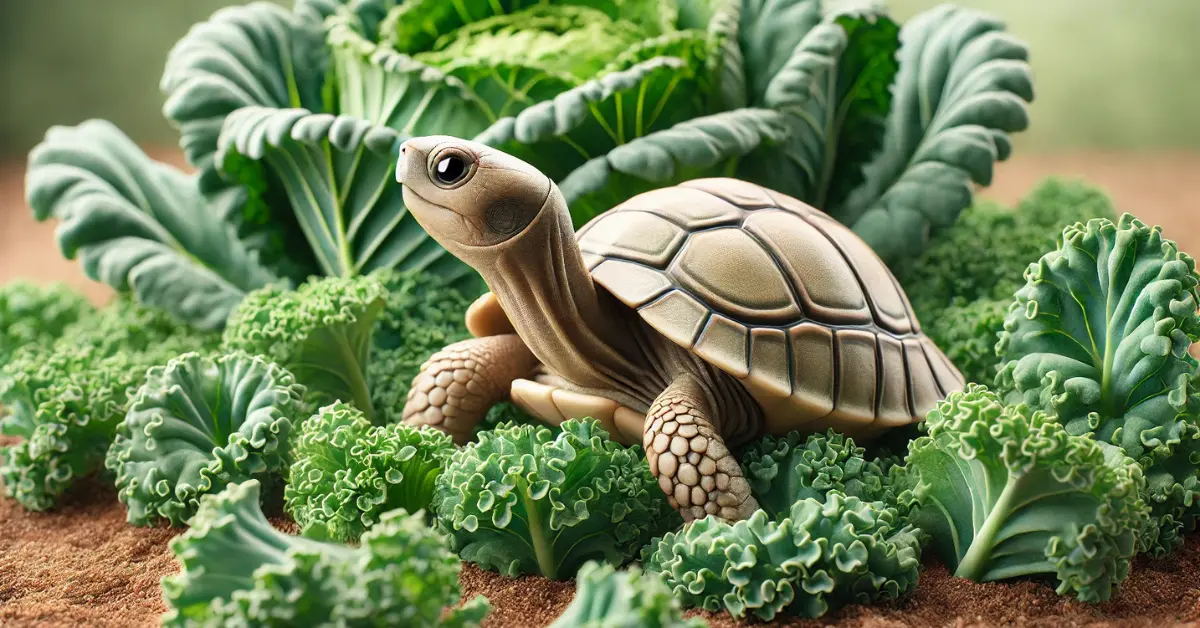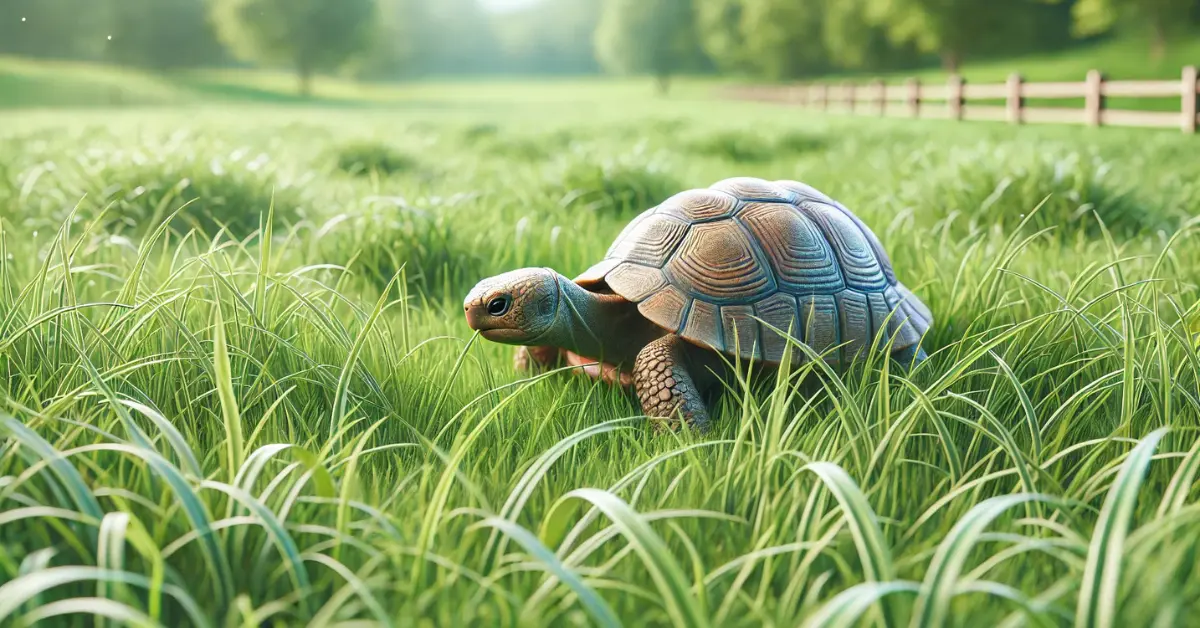Welcome to Theturtles.info, where we dive into the world of turtles! You might be asking, Do Turtles Have Teeth? The answer is no—turtles don’t have teeth. Instead, they have special beaks. In this blog, we’ll explore how turtle beaks work, how they’re different from teeth, and why they’re so important for turtles. Let’s learn more about these amazing creatures and their cool beaks!
Table of Contents
ToggleThe Truth About Turtle Teeth
Do Turtles Really Have Teeth?
You might be surprised to learn that turtles do not have teeth. Instead of teeth, turtles have beaks. These beaks are made of tough, keratin—a protein also found in human nails and hair. Turtles use their beaks to bite and chew their food. This beak acts much like teeth, allowing them to handle their diet, whether it’s plants or animals. Despite this, the structure of their mouth is quite different from animals that have actual teeth.
Evolution of Turtle Mouths
Turtle mouths have evolved over millions of years to suit their diverse diets. Early turtles had simpler, less specialized mouths, but as they adapted to different environments, their beaks became more specialized. Some turtles developed sharp, pointed beaks for catching prey, while others have broad, flat beaks for eating vegetation. This evolutionary change has allowed turtles to thrive in various habitats, from oceans to freshwater lakes.
Comparing Turtle Mouths to Other Reptiles
When you compare turtle mouths to other reptiles, the differences are striking. Most reptiles, like lizards and snakes, have teeth. These teeth help grip and tear food. In contrast, turtles’ beaks serve a similar function but are adapted to their specific needs. For instance, snakes have fangs that inject venom, while turtles rely on their beaks for a more mechanical form of processing food. This comparison highlights how different reptiles have evolved unique solutions for their dietary needs.
Turtle Beak Structure
Anatomy of the Turtle Beak
The turtle’s beak is a fascinating structure with two distinct parts. Understanding these parts helps to appreciate how turtles use their beaks in their daily lives.
- Upper Beak (Tomium): The upper beak, also known as the tomium, is the top part of the turtle’s beak. It is typically more curved and sharp, allowing turtles to bite into various types of food. The tomium often has a sharp edge, which helps in cutting or tearing food. This part of the beak plays a crucial role in the turtle’s ability to eat effectively, especially for those that consume tougher materials.
- Lower Beak: The lower beak is flatter and often broader than the upper beak. It complements the upper beak, working together to grip and process food. The lower beak’s shape and strength vary among species, depending on their dietary needs. For example, herbivorous turtles have broader lower beaks for grinding plant material, while carnivorous turtles may have a more pointed lower beak for capturing prey.
Variations Across Different Turtle Species
Different turtle species showcase a wide range of beak shapes and sizes, adapted to their specific diets and habitats. For instance, sea turtles have a more streamlined beak suited for catching jellyfish and other marine creatures. In contrast, tortoises, which mostly eat plants, have a beak that is broad and flat to help them crush vegetation. This diversity in beak structure illustrates how turtles have evolved to fit their ecological niches.
How the Beak Grows and Sheds
The turtle’s beak is not static; it grows and sheds over time. As turtles age, their beaks continue to grow. This growth can help replace any wear and tear from their feeding habits. Turtles occasionally shed the outer layers of their beaks, similar to how humans shed skin cells. This process helps maintain the beak’s sharpness and effectiveness. In addition, this shedding helps turtles adapt to changes in their diet or environment, ensuring that their beak remains functional and efficient throughout their lives.
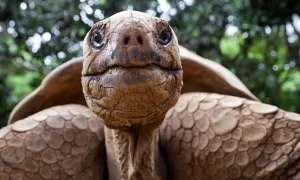
The Function of Turtle Beaks
Feeding and Foraging
Turtle beaks are really important for eating and finding food. They use their beaks to handle different kinds of food. If a turtle eats plants, its beak helps it nibble on grass, leaves, and fruits. For turtles that eat animals, their beaks help them catch and eat fish or insects. The sharp edges of the beak make it easier to cut through food and hold onto it.
Defense Mechanisms
Turtle beaks also help them stay safe. When a turtle feels threatened, it can bite with its beak to scare away or protect itself from predators. Even though turtles are usually not aggressive, their beaks can deliver a strong bite if needed. Snapping turtles, in particular, have very strong beaks that help them defend themselves against larger animals.
Courtship and Communication
Turtle beaks are used in courtship and communication too. During mating season, some turtles use their beaks to show interest in a partner. For example, male turtles might gently touch or nudge females with their beaks. This helps them communicate and perform their courtship rituals.
Specialized Mouth Structures in Turtles
- Alveolar Ridges and Surfaces: Some turtles have special ridges or bumps inside their beaks called alveolar ridges. These ridges help turtles grip and crush their food. The shape of these ridges can change based on what the turtle eats and where it lives.
- Papillae in Sea Turtles: Sea turtles have small, spiky structures inside their beaks called papillae. These papillae help sea turtles hold onto slippery food like jellyfish. They make it harder for the food to slip away, so the turtles can eat more easily.
- Unique Adaptations in Snapping Turtles: Snapping turtles have some of the coolest beak adaptations. Their beaks are not only very strong but also flexible. This means they can quickly snap their beaks shut to catch different kinds of prey, from fish to small animals. Their powerful bite also helps them stay safe from threats.
How Turtles Eat Without Teeth
Crushing and Grinding Mechanisms
Even though turtles don’t have teeth, they can still crush and grind their food. Turtles use their beaks to break down food into smaller pieces. For herbivorous turtles, their beaks can mash and grind plants. They use their beaks to press down and tear apart leaves and fruits. Carnivorous turtles have sharper, more pointed beaks to help them cut through the flesh of their prey. Their beaks are designed to handle the specific types of food they eat.
The Role of the Tongue
The turtle’s tongue plays a big part in eating. While it doesn’t chew like human teeth, the tongue helps move food around in the mouth. It helps push the food against the beak to help crush or tear it. In some turtles, the tongue also helps in getting food to the right spot so the beak can work more efficiently.
Swallowing and Digestion Process
Once the food is broken down by the beak, turtles swallow it whole or in large chunks. The food moves down the throat and into the stomach. Inside the stomach, the food mixes with digestive juices that help break it down further. The food then moves into the intestines, where nutrients are absorbed. Turtles have a unique digestive system that helps them get the most out of their food, even without teeth.
Turtle Species and Their Mouth Adaptations
Herbivorous Turtles
Herbivorous turtles eat mostly plants. Their beaks are broad and flat, which helps them cut and grind leaves, flowers, and fruits. Some have ridges or bumps on their beaks to help mash tough plant material. These adaptations make it easier for them to eat a plant-based diet.
Carnivorous Turtles
Carnivorous turtles eat meat, such as fish or insects. Their beaks are sharper and more pointed to help them catch and cut their prey. Some have strong, hooked beaks to tear through flesh. These beak shapes help them grab and eat their prey more effectively.
Omnivorous Turtles
Omnivorous turtles eat both plants and animals. Their beaks are versatile, designed to handle a mixed diet. They may have features of both herbivorous and carnivorous turtles, allowing them to eat a variety of foods. This flexibility helps them do well in various environments.
Care and Maintenance of Turtle Beaks
Signs of Healthy Beaks
A healthy turtle beak is smooth and free of cracks or damage. The edges of the beak should be even and not worn down too much. A turtle’s beak should also be free of growths or discoloration. Healthy beaks help turtles eat properly and perform their daily activities. If a turtle’s beak looks normal and functions well, it’s a good sign of overall health.
Common Beak Problems
Turtles can face several beak problems. One common issue is a condition called “beak overgrowth,” where the beak grows too long and becomes misshapen. This can make it hard for the turtle to eat. Another problem is “beak rot,” a fungal or bacterial infection that can cause damage and discoloration. Turtles with beak problems may have difficulty feeding and may need special care or treatment from a veterinarian.
Proper Diet for Beak Health
To keep a turtle’s beak healthy, it’s important to provide the right diet. Herbivorous turtles need a variety of fresh greens, fruits, and vegetables to help keep their beaks strong. Carnivorous turtles need a diet rich in proteins like fish or insects. Omnivorous turtles require a mix of both plant and animal foods. A balanced diet helps ensure that the beak gets the nutrients it needs to stay healthy and functional.
Read more: Do Turtles Have Ears?
Interesting Facts About Turtle Mouths
Fossil Records and Ancient Turtle Dentition
Fossil records show that some ancient turtles did have teeth. These early turtles had teeth that were different from modern beaks. Over millions of years, turtles evolved to develop the beak structure we see today. Studying these fossils helps scientists understand how turtles have adapted over time and how their mouths have changed.
Comparison with Bird Beaks
Turtle beaks and bird beaks have some similarities. Both are made of keratin and are adapted to their diets. However, turtle beaks are often flatter and broader, while bird beaks vary greatly in shape depending on their feeding needs. For example, birds that eat insects have sharp, pointed beaks, while those that eat seeds have thick, strong beaks. Comparing these beaks helps us see how different animals have evolved to handle their food.
Unusual Feeding Behaviors in Certain Species
Some turtle species have unusual feeding behaviors. For instance, the leatherback sea turtle feeds on jellyfish, using its beak to grip and swallow these slippery creatures. The matamata turtle has a unique way of catching prey by opening its mouth very quickly to create a vacuum, drawing in fish. These special behaviors show how turtles have adapted their feeding techniques to their environments and available food sources.
Conclusion
So, Do Turtles Have Teeth? The answer is no—turtles don’t have teeth. Instead, they have beaks. These beaks help them eat all kinds of food, from plants to animals.
Turtle beaks are really special. They are made to help turtles eat their favorite foods and stay healthy. For example, some beaks are good for crushing plants, while others are sharp for catching prey.
To learn more about turtles and their amazing features, visit us at Theturtles.info. You’ll find lots of interesting facts about turtles and how they live!
FAQs About Turtle Teeth
Q: Do turtles have teeth?
A: No, turtles do not have teeth. Instead, they have beaks made of a tough material called keratin. These beaks help them eat different kinds of food.
Q: How do turtles use their beaks?
A: Turtles use their beaks to bite, crush, and grind food. Herbivorous turtles use their beaks to eat plants, while carnivorous turtles use them to catch and eat animals.
Q: What are some common problems with turtle beaks?
A: Some turtles can have beak problems like overgrowth or infections. Overgrowth happens when the beak grows too long and becomes misshapen. Infections can cause damage or discoloration. These issues can make eating difficult for turtles.
Q: How can I tell if a turtle’s beak is healthy?
A: A healthy beak looks smooth and even, with no cracks or damage. The beak should not have any unusual growths or discoloration. If you notice any changes in your turtle’s beak, it’s a good idea to consult a vet.
Q: Do all turtles have the same type of beak?
A: No, different turtles have different types of beaks based on their diets. For example, herbivorous turtles have broad, flat beaks for grinding plants, while carnivorous turtles have sharp, pointed beaks for catching prey.
Q: How do turtle beaks grow and change?
A: Turtle beaks continue to grow throughout their lives. They can also shed outer layers to maintain their sharpness and functionality. This growth helps turtles adapt to their changing diets and environments.
Q: Can turtles eat without teeth?
A: Yes, turtles can eat without teeth. Their beaks are specially designed to handle their food, whether it’s plants or animals. They use their beaks to bite, crush, and process food effectively.
Q: What should I feed my turtle to keep its beak healthy?
A: To keep a turtle’s beak healthy, provide a balanced diet suited to its species. Herbivorous turtles need fresh greens and vegetables, carnivorous turtles need proteins like fish, and omnivorous turtles need a mix of both plant and animal foods.
